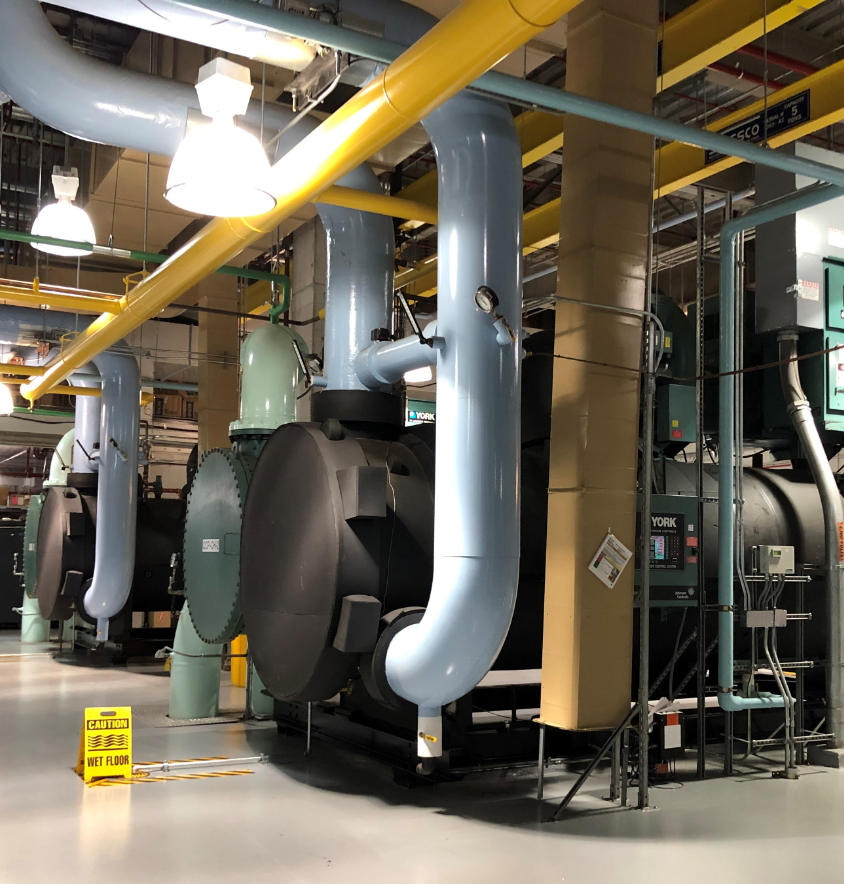Understanding Clean Energy Options
Clean energy means cleaner air. The American Lung Association supports the use of clean power sources because they can greatly reduce the amount of unhealthy air pollution released into the atmosphere each year. These alternatives produce less pollution for healthier air.
Harnessing the Power of Wind
Wind power captures the energy in blowing wind and transforms it into usable, clean electricity. This electricity source avoids tapping fossil fuel resources, environmentally damaging practices, and release of combustion pollutants.
Check out the environmental benefits of wind energy over conventional electricity generation.
- Reduces dependence on fossil fuels or nuclear power
- Renewable resource, never ending supply of wind
- Improved air quality
- Made locally, and energy produced can be shared on a grid
In 2020, wind is the largest source of renewable electricity in the country with “over 60,000 wind turbines with a combined capacity of 111,808 MW operating across 41 states, Guam, and Puerto Rico.” (Source: American Wind Energy Association)
For more information on wind energy, visit the American Wind Energy Association or the U.S. Department of Energy Office of Energy Efficiency and Renewable Energy website.

Reliable, viable energy from the sun
Solar power uses the sun’s energy to produce heat, light and power with little to no environmental impacts. Through advanced solar panel technologies, the sun is a reliable and viable power source. Solar energy offers these environmental benefits over conventional electricity:
- Reduces dependence on fossil fuels or nuclear power
- Renewable resource
- Improves air quality and has zero emissions
- Made locally without the use of environmentally damaging resources
For more information on solar energy, visit the US Department of Energy – Energy Efficiency and Renewable Energy website.

Cleaner Burning Heating Oil
BIOHEAT® blends ultra-low sulfur heating oil with biodiesel to create a cleaner burning fuel for comfortable, reliable and efficient home heating. BIOHEAT contains blends of 5% biodiesel up to 20% and higher. Blends must meet rigid specifications set by the American Society of Testing and Materials (ASTM).
BIOHEAT offers these advantages over traditional heating oil:
- Reduces greenhouse gas emissions by 50 to 86% compared with traditional heating oil
- Renewable fuel made from soybean oil, used cooking oil and other fats and oils
- Comparable in cost with traditional heating oil
- Tax and other financial incentives in some areas
Learn more at mybioheat.com.



